A company creates a model-driven app for use by their marketing team.
The app is only accessible to the developer that created the app.
You need to ensure that marketing team members can access the app.
Which two actions should you perform? Each correct answer presents part of the solution.
NOTE: Each correct selection is worth one point.
Answer:
AE
Model-driven apps use role-based security for sharing. The fundamental concept in role-based security is that a security role contains privileges that define a set of actions that can be performed on tables within the app.
Reference:
https://docs.microsoft.com/en-us/power-apps/maker/model-driven-apps/share-model-driven-app
HOTSPOT -
A music school rents out musical instruments to their students. Rental contracts specify that a student must choose an instrument for an entire school term.
Students can choose other instruments in future terms.
You create the following tables:
✑ A custom table for instruments.
✑ A custom table for rental contracts.
Student data is stored in the Contract table.
You need to model the instrument rental process for the school staff.
How should you model each of the following data elements? To answer, select the appropriate options in the answer area.
NOTE: Each correct selection is worth one point.
Hot Area: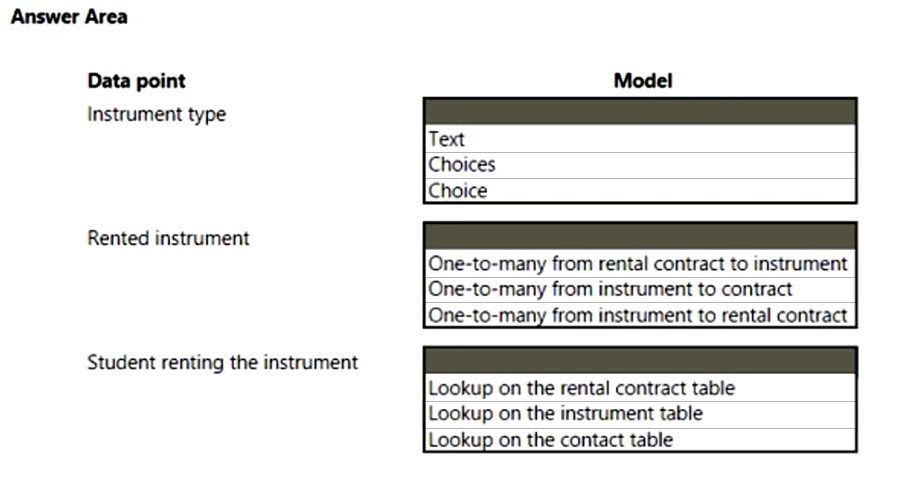
Answer:
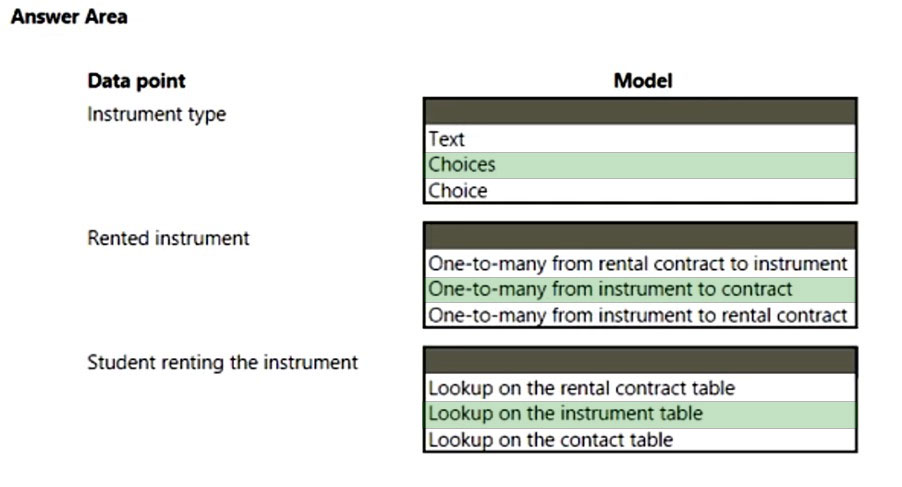
Box 1: Choices -
The Choices function returns a table of the possible values for a lookup column.
Use the Choices function to provide a list of choices for your user to select from. This function is commonly used with the Combo box control in edit forms.
For a lookup, the table that Choices returns matches the foreign table that's associated with the lookup. By using Choices, you eliminate the need to add the foreign table as an additional data source. Choices returns all columns of the foreign table.
Box 2: One-to-many from instrument to rental contract.
An instrument can be in many rental contracts.
Note:
Rental contracts specify that a student must choose an instrument for an entire school term. Students can choose other instruments in future terms.
Box 3: Lookup on the instrument table.
Reference:
https://docs.microsoft.com/en-us/power-platform/power-fx/reference/function-choices
You are developing a canvas app to monitor time. The app includes a Text Input control named TIC1 and a Timer control named TIM1.
You need to set TIM1 to a default value.
What should you do?
Answer:
B
HOTSPOT -
A company is building a Power Apps app to track key project tasks.
Users assign three tasks a risk status on a scale of 0 to 100 by using slider input controls named RiskStatus on the app. The highest risks use the risk status value of 100.
If the combined value of all the tasks is 150 or above, a header bar on the screen must display the text HIGH RISK.
You need to configure a solution to change the text on the header bar.
How should you configure the app? To answer, select the appropriate options in the answer area.
NOTE: Each correct selection is worth one point.
Hot Area: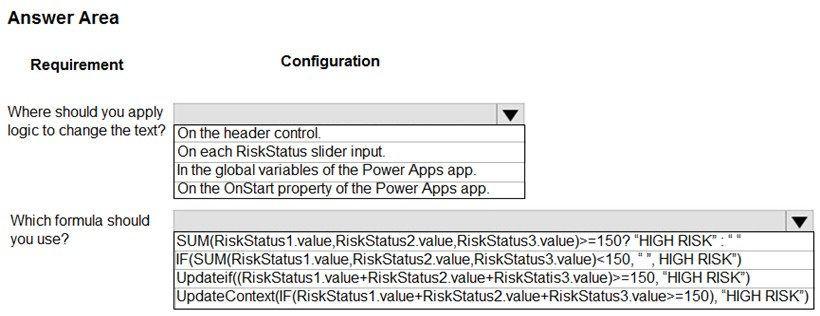
Answer:
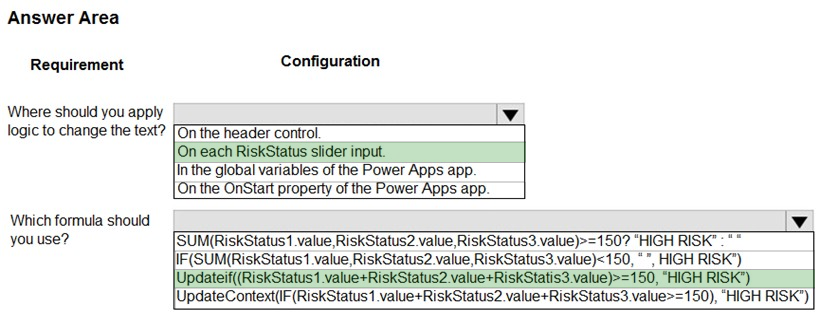
Box 1: On each RiskStatus slider input
You can change the value based on input.
Box 2: Updateif(..)
Use the UpdateIf function to modify one or more values in one or more records that match one or more conditions. The condition can be any formula that results in a true or false and can reference columns of the data source by name. The function evaluates the condition for each record and modifies any record for which the result is true.
Reference:
https://docs.microsoft.com/en-us/powerapps/maker/canvas-apps/working-with-formulas#change-a-value-based-on-input https://docs.microsoft.com/en-us/powerapps/maker/canvas-apps/functions/function-update-updateif
You create a Power Platform solution. Solution data is stored in a variety of documented cloud services.
You must also be able to connect to one or more industry data sources.
You need to configure the data sources.
What should you do?
Answer:
D
In Power Apps, add a data connection to an existing canvas app or to an app that you're building from scratch. Your app can connect to SharePoint, Common
Data Service, Salesforce, OneDrive, or many other data sources.
Note:
Add data source -
1. In the center pane, select connect to data to open the Data pane.
2. Select Add data source.
3. If the list of connections includes the one that you want, select it to add it to the app. Otherwise, skip to the next step.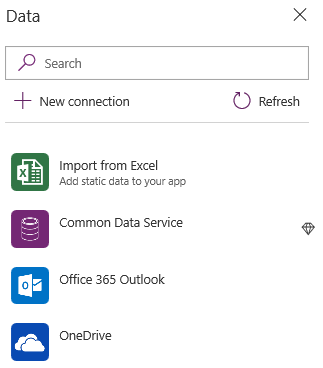
4. Select New connection to display a list of connections.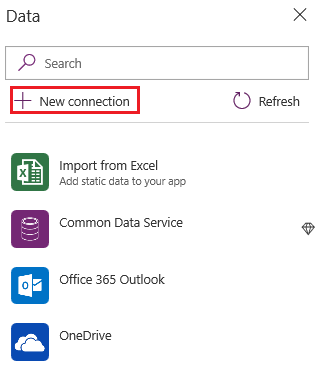
5. In the search bar, type or paste the first few letters of the connection you want, and then select the connection when it appears.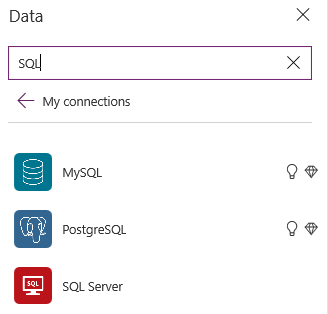
6. Select Create to both create the connection and add it to your app.
Reference:
https://docs.microsoft.com/en-us/powerapps/maker/canvas-apps/add-data-connection
You have an unmanaged solution, for which you have created multiple apps.
You are required to move the apps to a different environment. The environment requires that the solution allows for components to be added, amended, renewed, removed, deleted, or tested.
You need to use the correct solution type.
You make use of a Managed solution.
Does the action achieve your objective?
Answer:
B
A managed solution is a finalized solution that can be distributed and installed. They are created by exporting an unmanaged solution by setting restrictions to prevent any further customizations. The whole point of Managed is locking down the Component states so they cannot be edited. Deleting the Managed Solution will remove all its customisations as well as data contained. Managed Solutions become read only once deployed so they cannot be manipulated.
Reference:
https://powerusers.microsoft.com/t5/Power-Apps-Pro-Dev-ISV/Managed-vs-Unmanaged/td-p/495685
You have an unmanaged solution, for which you have created multiple apps.
You are required to move the apps to a different environment. The environment requires that the solution allows for components to be added, amended, renewed, removed, deleted, or tested.
You need to use the correct solution type.
You make use of an Unmanaged solution.
Does the action achieve your objective?
Answer:
A
The beginning state of solution is the unmanaged solution state. During this phase, you can add, edit, update, remove, delete, and test any of the components of the solution.
Reference:
https://powerusers.microsoft.com/t5/Power-Apps-Pro-Dev-ISV/Managed-vs-Unmanaged/td-p/495685
All app makers at your company have their own Common Data Service environment.
You are in the process of adapting a canvas app in your own environment. Because you have booked time of work, you have to make the app and all your adaptations available to a fellow app maker, who will carry on adapting the app.
You need to, however, make sure that you will be able to resume work on the app when you come back.
Which of the following actions should you take?
Answer:
A
The beginning state of solution is the unmanaged solution state. During this phase, you can add, edit, update, remove, delete, and test any of the components of the solution.
Incorrect Answers:
C: A managed solution is a finalized solution that can be distributed and installed. They are created by exporting an unmanaged solution by setting restrictions to prevent any further customizations. The whole point of Managed is locking down the Component states so they cannot be edited. Deleting the Managed Solution will remove all its customisations as well as data contained. Managed Solutions become read only once deployed so they cannot be manipulated.
Reference:
https://powerusers.microsoft.com/t5/Power-Apps-Pro-Dev-ISV/Managed-vs-Unmanaged/td-p/495685
You are employed as an app maker. You are currently creating a new canvas app.
App users will include users who have diminished or no sight.
You are identifying methods that will hide content from seeing users and show them to screen reader users.
Which of the following methods are valid? (Choose all that apply.)
Answer:
AC
Reference:
https://docs.microsoft.com/en-us/powerapps/maker/canvas-apps/accessible-apps-content-visibility
You are employed as an app maker. You are required to construct a canvas app that allows for detailed data to be identified in targeted text.
Which of the following is the AI Model you should include in your app?
Answer:
D
AI Builder entity extraction models recognize specific data in the text that you target based on your business needs.
The model identifies key elements in the text and then classifies them into predefined categories. This can help you transform unstructured data into structured data that's machine-readable. You can then apply processing to retrieve information, extract facts, and answer questions.
Note: Create a canvas app and add the text recognizer AI Builder component to your screen. This component takes a photo or loads an image from the local device, and then processes it to detect and extract text based on the text recognition prebuilt model. If it detects text in the image, the component outputs the text and identifies the instances by showing a rectangle for each instance in the image.
Reference:
https://knowledgefrommanish.com/powerplatform/ai-builder-entity-extraction-ai-model/ https://docs.microsoft.com/en-us/ai-builder/prebuilt-text-recognizer-component-in-powerapps https://docs.microsoft.com/en-us/ai-builder/prebuilt-key-phrase https://knowledgefrommanish.com/powerplatform/ai-builder-entity-extraction-ai-model/ https://docs.microsoft.com/en-us/ai-builder/prebuilt-business-card